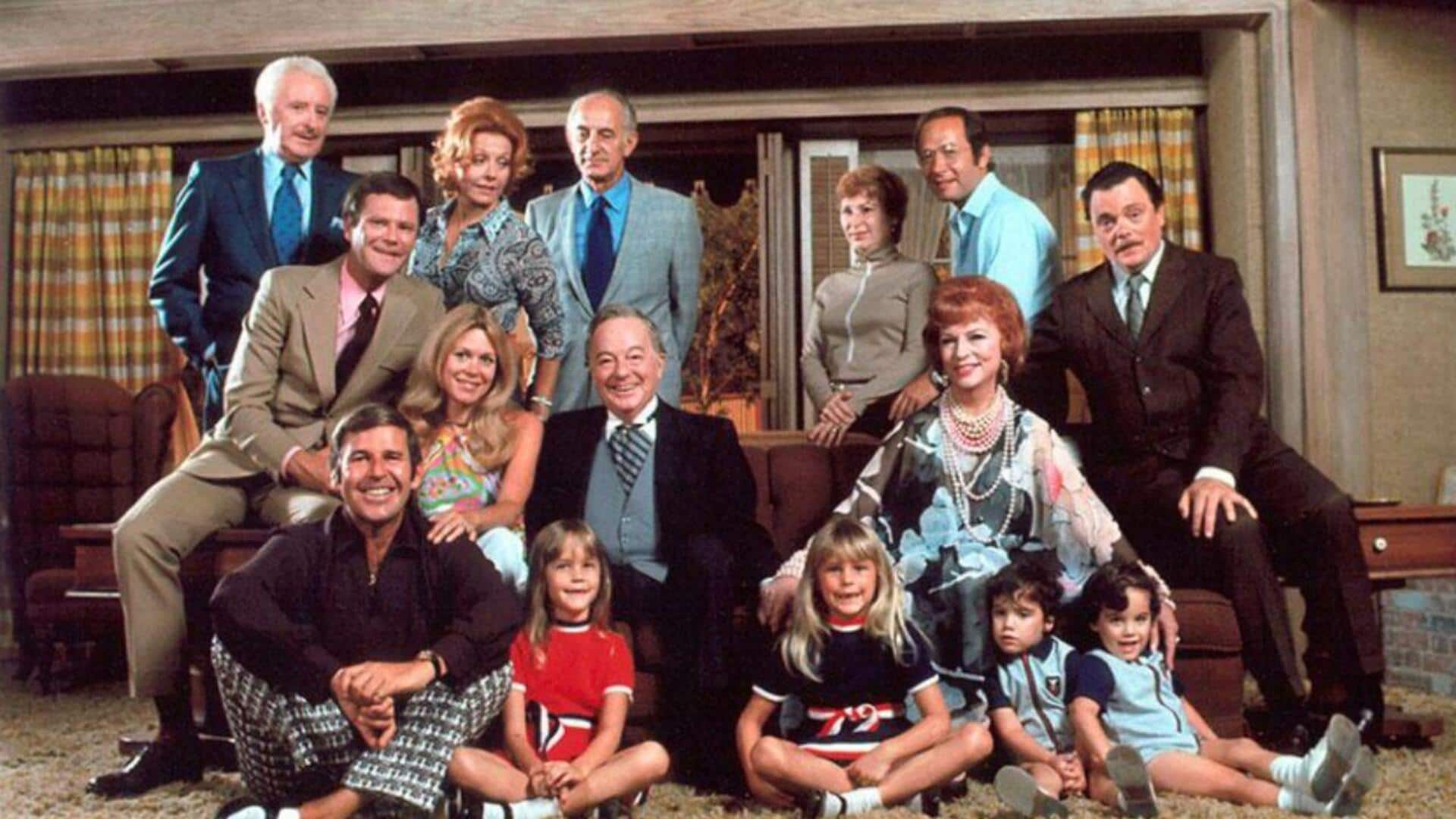
'Bewitched': The untold stories behind TV's magical classic
What's the story
The classic television show Bewitched has bewitched audiences since its debut in the 1960s. While most fans are well-acquainted with the show's central plot and characters, there are some amazing secrets and behind-the-scenes facts that even the most die-hard followers may miss. From casting choices to special effects, these lesser-known details make the beloved series even more interesting and give a new perspective on its production.
Cast change
The original Darrin's departure
One of the most notable changes in Bewitched was the swapping of Dick York (who played Darrin Stephens). Due to health reasons, York left after five seasons and was replaced by Dick Sargent. Fans initially had mixed reactions toward the change but eventually accepted it as part of the show's history. The transition between actors was done without any storyline explanation, which is still a curious thing for viewers.
Visual tricks
Special effects magic
The magical effects in Bewitched were revolutionary for their time. Simple, but effective techniques were employed to bring Samantha's iconic nose twitch magic to life. For example, objects appearing or disappearing involved stop-motion photography or clever editing tricks. These methods were innovative back in the day and added to the show's charm, without the need for advanced technology.
Character depth
Agnes Moorehead's influence
Agnes Moorehead played Endora, Samantha's mother, so deftly that she brought more to the character than what was written in the scripts. Moorehead, who was a theater veteran, brought her experience into play, improvising lines and gestures that rounded out Endora's personality. Her influence was such that she helped make Endora one of television's most unforgettable mother-in-law figures.
Subtle messages
Hidden cultural references
Bewitched subtly addressed cultural issues through its storylines without overtly discussing them. The show often mirrored societal norms and challenges of its time through humor and fantasy elements. For example, Samantha's struggle to balance her witch heritage with suburban life reflected broader themes about identity and conformity prevalent during the 1960s.
Versatile acting
Elizabeth Montgomery's dual role talent
Not only did Elizabeth Montgomery play Samantha, she also portrayed dual roles as Serena, Samantha's mischievous cousin, from time to time. This not only highlighted Montgomery's versatility as an actor but also lent layers of complexity to episodes where both the characters interacted with one another seamlessly (albeit with split-screen technology or body doubles when necessary).